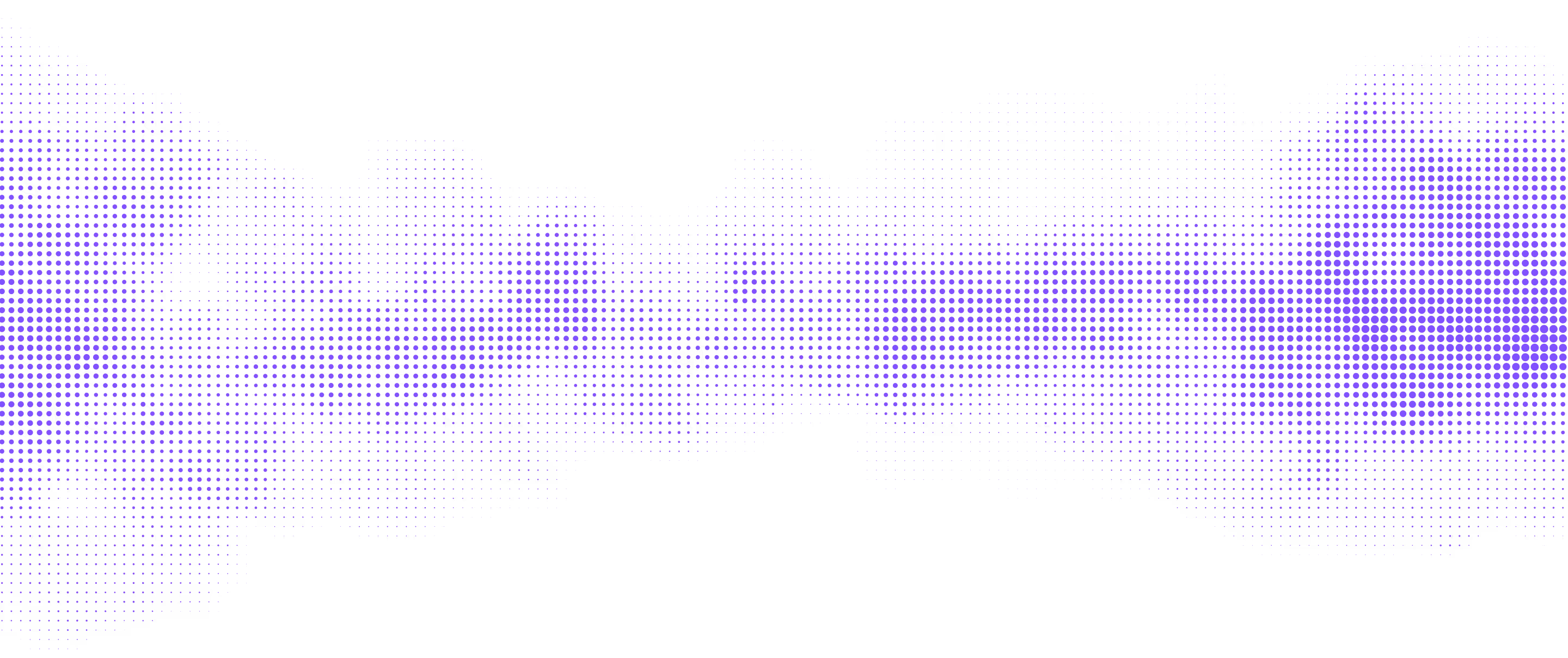Profile
Azure Container Registry (ACR) is Microsoft's enterprise-grade container registry service built on the open-source Docker Registry 2.0 specification. Operating as a fully managed platform within Azure, ACR provides secure storage, management, and distribution of container images and related artifacts. The service combines open-source foundations with proprietary enterprise features, offering tiered capabilities from basic development needs to global-scale production deployments. ACR's integration with Azure services and support for industry standards positions it as a comprehensive solution for organizations building cloud-native applications.
Focus
Azure Container Registry addresses fundamental challenges in enterprise container management by providing secure, private registry capabilities with built-in access controls and compliance features. The service eliminates operational overhead associated with self-hosted registries while enabling global artifact distribution and automated build processes. Core benefits include simplified lifecycle management, integrated security controls, and seamless integration with existing development workflows. The platform serves development teams, DevOps engineers, and platform architects requiring reliable, scalable container artifact management within enterprise environments.
Background
Microsoft launched Azure Container Registry as a managed service built upon the open-source Docker Registry 2.0 implementation, which operates under CNCF governance. The service reached general availability in March 2017, introducing private registry capabilities for both Linux and Windows container images. Microsoft maintains complete control over ACR's development and strategic direction while contributing to the underlying open-source Distribution project. The service undergoes continuous enhancement through Microsoft's cloud platform development process, with regular feature additions and security improvements.
Main features
Enterprise-grade security and access control
The security architecture integrates with Microsoft Entra ID to provide comprehensive identity management and access control. The system supports role-based access control (RBAC) and attribute-based access control (ABAC) for fine-grained permissions at both registry and repository levels. Advanced features include customer-managed encryption keys through Azure Key Vault integration, private endpoints for network isolation, and automated vulnerability scanning through Microsoft Defender for Cloud. This security framework enables organizations to implement defense-in-depth strategies while maintaining compliance with enterprise security requirements.
Global distribution and replication management
The geo-replication capability enables organizations to maintain synchronized registry copies across multiple Azure regions through a multi-master architecture. This feature automatically handles content distribution, maintaining consistency while optimizing performance for local access. The system supports transparent artifact synchronization, allowing users to push to any replica while ensuring global availability. Organizations can implement region-specific access controls and maintain data residency requirements while providing low-latency access to container artifacts across geographical locations.
Automated build and lifecycle management
ACR Tasks provides comprehensive container image build automation within the Azure infrastructure. The system supports triggered builds from source code commits, base image updates, or scheduled intervals, eliminating the need for local build infrastructure. The service includes multi-step task capabilities for complex workflows incorporating testing and validation steps. Integrated lifecycle management features include configurable retention policies for automated cleanup of unused artifacts and soft delete functionality for recovery of accidentally removed content.






